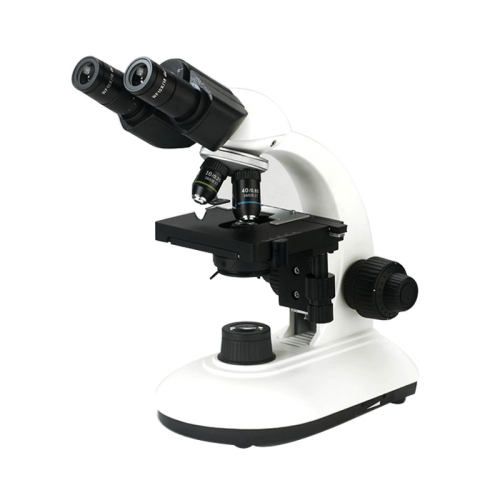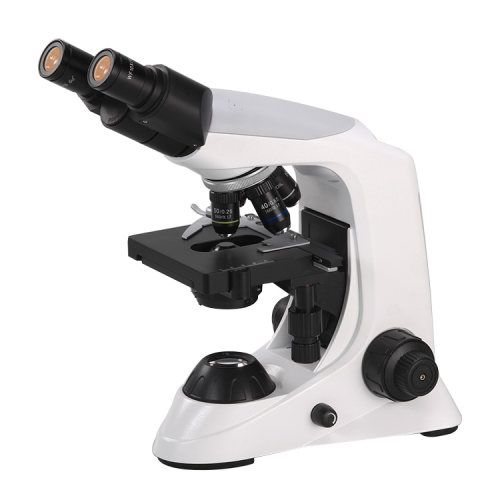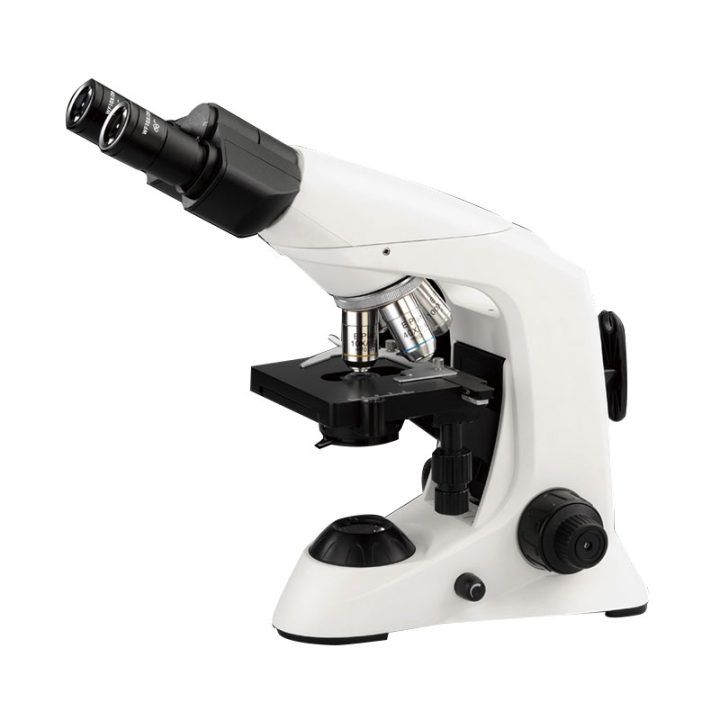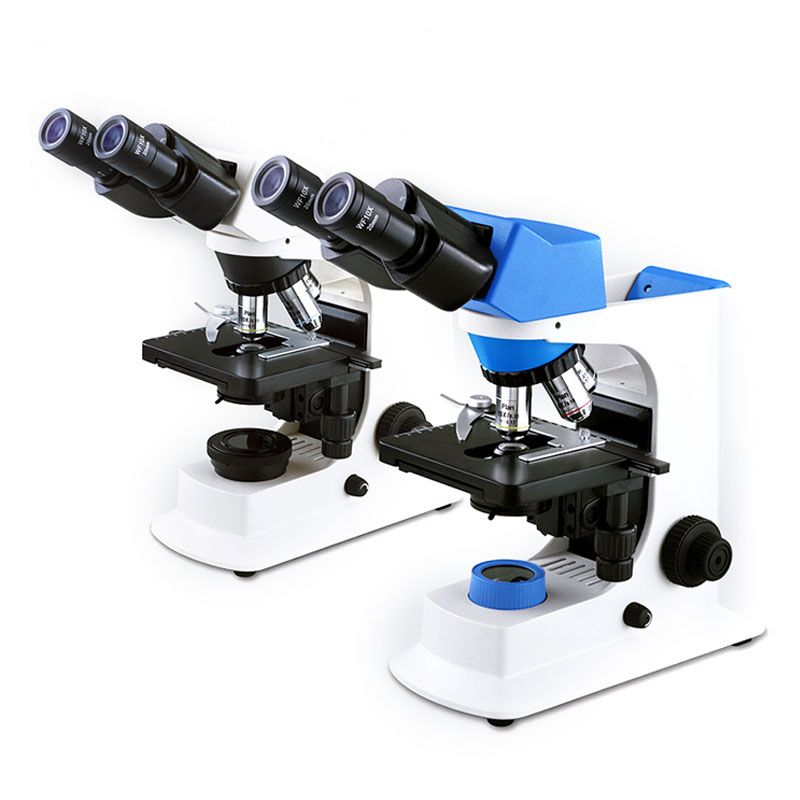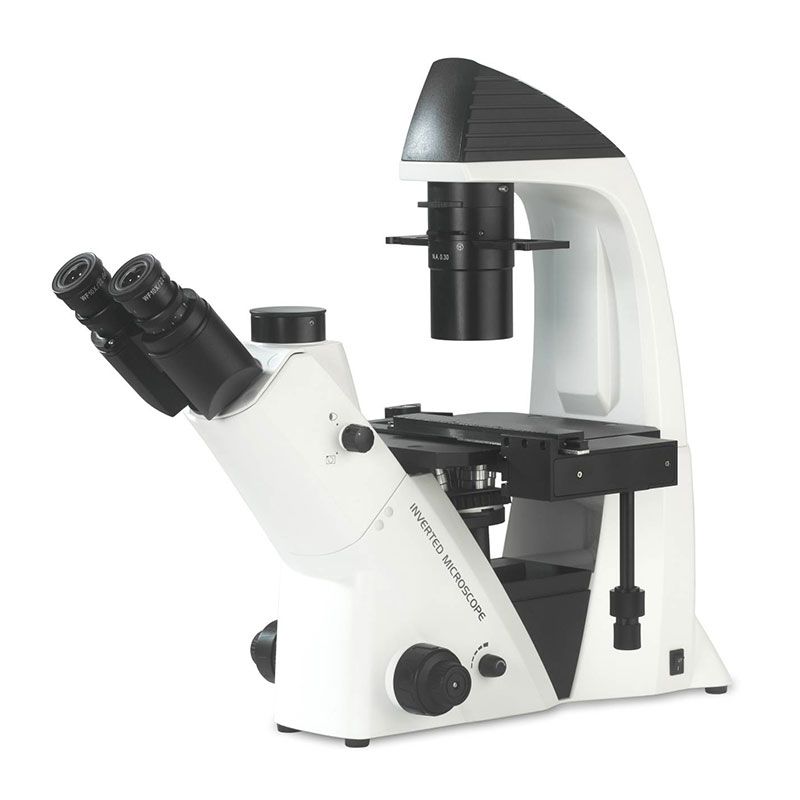An inverted biological microscope is a type of microscope designed specifically for studying living cells. Unlike a traditional upright microscope, it has a unique flipped configuration that offers several advantages when studying the complex world of living organisms. The light source and condenser are above the stage, while the objectives and turret are beneath it, pointing upward. This allows for direct observation of cells growing on the bottoms of culture dishes, which would not fit comfortably on an upright microscope stage. Its unique design improves accessibility, manipulation, and compatibility with specialized techniques, making it an excellent choice for studying the dynamics of living cellular systems. In this article, we’ll look at the key differences between inverted and regular microscopes, as well as the benefits of this unique design for studying live cells. Finally, we’ll give you the information you need to choose the best inverted biological microscope for your research.
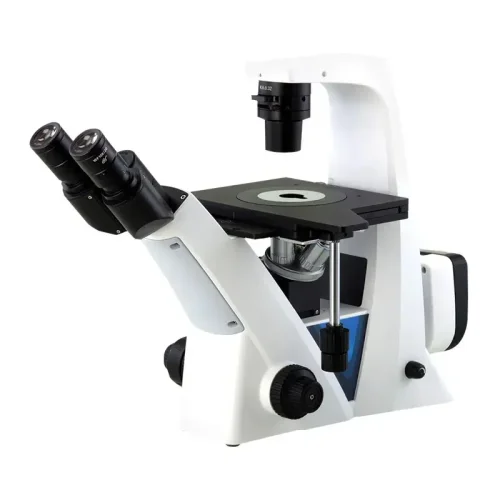
What Are the Differences Between an Inverted Biological Microscope and a Regular Microscope?
| Feature | Inverted Biological Microscope | Regular Microscope |
| Light source and condenser | Located above the stage | Located below the stage |
| Objectives | Located below the stage | Located above the stage |
| Stage | Open design for easy manipulation of the specimen | Closed design with limited space for manipulation |
| Specimen observation | Ideal for observing live cells in culture dishes | Ideal for observing fixed tissue samples or materials that don’t require manipulation |
| Compatibility with techniques | Easily integrated with micromanipulation tools and specialized chambers | Not as easily integrated with micromanipulation tools and specialized chambers |
What Are the Advantages of Using an Inverted Biological Microscope?
Inverted biological microscopes are the most effective tool for studying the fascinating world of living cells. While traditional upright microscopes have their uses, the inverted design offers a distinct set of advantages, making it an indispensable tool in cell biology research and other fields. Here’s a closer look at the advantages that distinguish inverted biological microscopes.
1. Optimized for Live Cell Observation
- Accommodating Culture Dishes: Cells are usually grown in flat-bottomed dishes or flasks. Inverted microscopes allow these dishes to be placed directly on stage, eliminating the need for special holders. To accommodate the dish, upright microscopes would require a thicker stage, potentially limiting the working distance.
- Preserving the Natural State: The inverted design of culture dishes allows you to see cells in their natural three-dimensional state, as they typically settle to the bottom. This provides a more accurate representation of cell morphology and interactions than an upright view.
- Facilitating Micromanipulation: The open space beneath the stage of an inverted microscope allows for easy specimen manipulation with tools like micropipettes or microinjectors. This is critical for experiments that require you to interact with cells while monitoring them in real-time.
2. Enhanced Functionality and Integration
- Compatibility with Techniques: Inverted microscopes are typically designed to be compatible with specialized chambers and micromanipulation tools. These tools are required for techniques like microinjection (injecting substances into cells) and patch-clamp recording. The inverted design enables precise control of the environment surrounding the cells during these procedures.
- Enabling Phase Contrast and Fluorescence Microscope: Inverted microscopes are ideal for advanced imaging techniques. The phase contrast microscope improves contrast when viewing unstained cells, whereas the fluorescence microscope allows for visualization of specific cellular components labeled with fluorescent markers.
3. Additional Benefits
- Accommodating Larger Specimens: The open design beneath the stage also allows for the observation of thicker specimens, which would be difficult to position on an upright microscope stage. This includes tissue slices, microorganisms, and even certain types of biomaterials.
- Phase Contrast and Fluorescence Microscope: These techniques are frequently combined with inverted microscopes to study live cells. Phase contrast enhances the contrast of transparent cells, whereas fluorescence microscopes allow for the visualization of specific cellular components labeled with fluorescent markers.
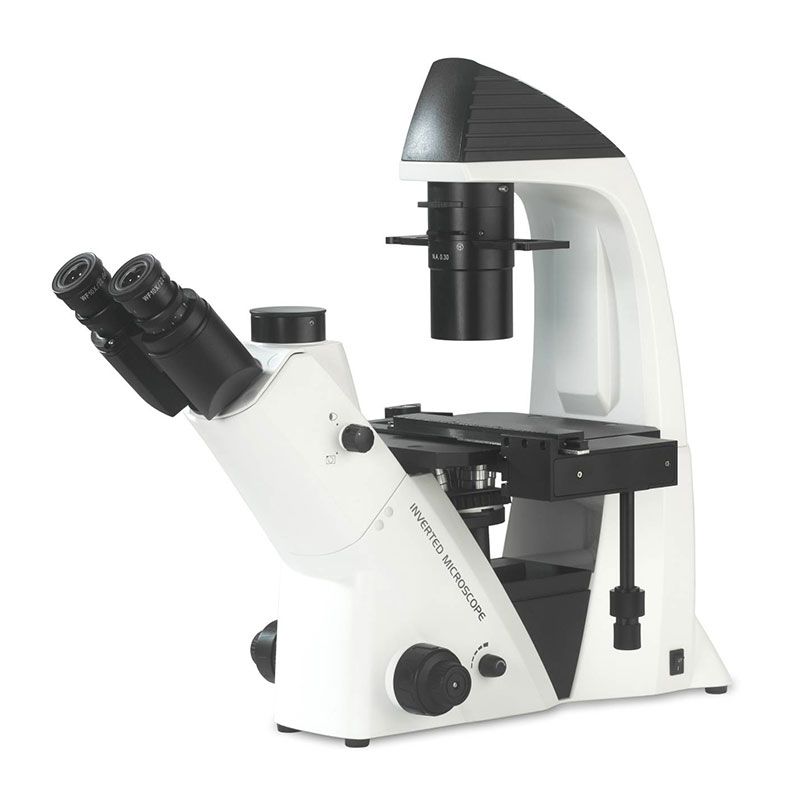
What Are Some of the Factors to Consider When Choosing an Inverted Biological Microscope?
When choosing an inverted biological microscope, several factors must be considered to ensure that it meets your specific research requirements. Here are some important considerations to help you:
1. Research Focus
- Type of Cells: The types of cells you intend to study will have a significant impact on your decision. Inverted microscopes are excellent at observing live cells in culture. If your research primarily focuses on fixed tissue samples, an upright microscope may be a more appropriate and cost-effective choice.
- Microscope Techniques: Consider the specific microscope techniques you intend to employ. Inverted microscopes are frequently combined with phase contrast and fluorescence microscopes to study live cells. If these techniques are critical to your research, an inverted microscope with compatible features is required.
2. Magnification Requirements
- Level of Detail: Determine the level of detail required for your observations. Inverted microscopes have a wide magnification range, typically from 4x to 100x. Choose the magnification range that is most appropriate for the cellular structures you want to visualize.
- Resolution: The microscope’s resolution refers to its ability to distinguish fine details. Higher magnification doesn’t always mean higher resolution. Consider the trade-off between magnification and resolution based on your specific requirements.
3. Budget
- Cost vs. Features: Inverted microscopes tend to be more expensive than upright models due to their complex design and specialized features. Determine a realistic budget for your microscope and choose a model that offers the necessary features within your price range.
4. Additional Considerations
- Ergonomics: Consider the microscope’s design to ensure comfort during extended viewing sessions. Factors such as eyepiece positioning, stage controls, and overall stability can all affect the user experience.
- Warranty and Service: Look for a microscope with a good warranty and easily accessible service options from the manufacturer or distributor. This guarantees proper maintenance and support for your valuable instrument.
- Brand Reputation: Research the reputation of various microscope brands. Consider user reviews and feedback from other researchers to gain an understanding of quality and reliability.
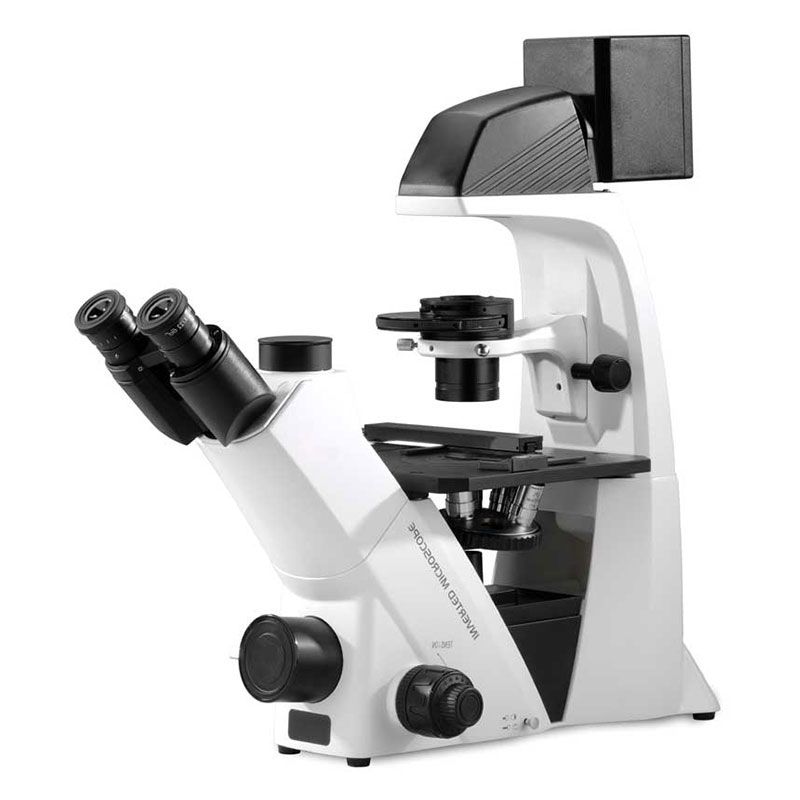
Conclusion
You may be familiar with the standard upright microscope used in schools. In biological research, however, inverted microscopes provide several advantages, making them the preferred choice for a variety of applications. Inverted microscopes have the objective lens below the stage, making it easier to manipulate and observe living cells in culture dishes with flat bottoms. These dishes can be placed directly on stage for optimal viewing. To image live cells, upright microscopes require specialized dishes or adaptations. Inverted microscopes contribute significantly to the advancement of biological research by providing superior accessibility, manipulation options, and compatibility with live cell techniques. If you need a professional microscope supplier, please choose us.
